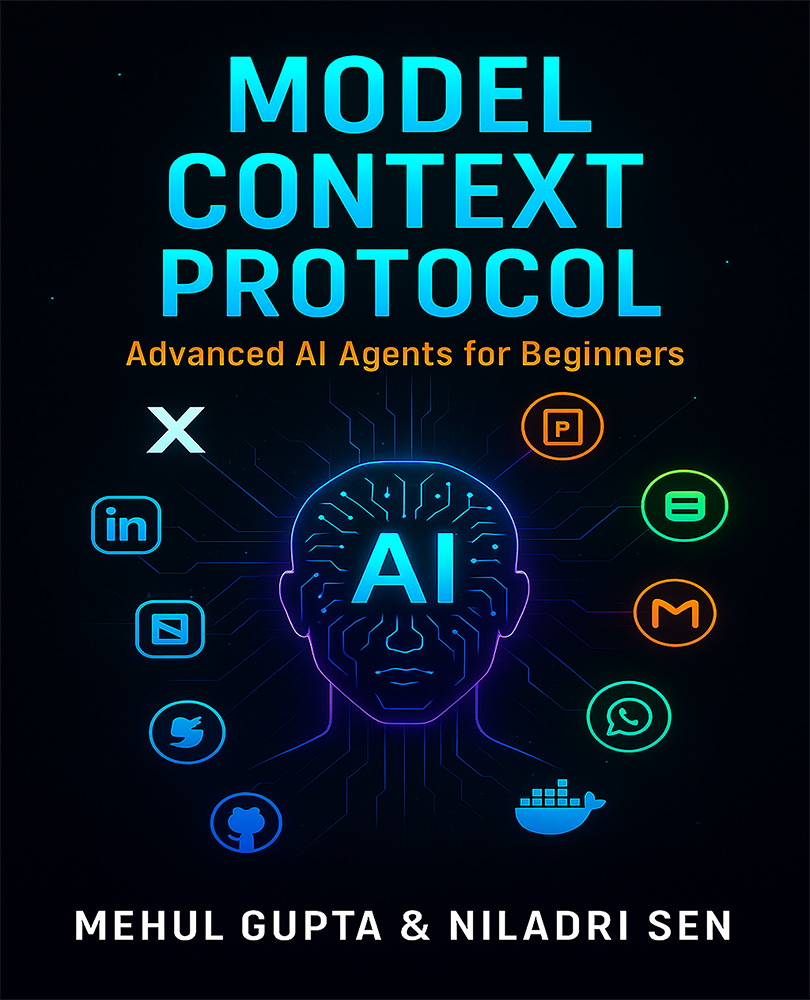Yesterday, the team behind Python posted details about the sunsetting of Python 2. As announced before, post January 1, 2020, Python 2 will not be maintained by the Python team. This means that it will no longer receive new features and it will not be improved even if a security problem is found in it.
https://twitter.com/gvanrossum/status/1170949978036084736
Why is Python 2 retiring?
In the detailed post, the Python team explains that the huge alterations needed in Python 2 led to the birth of Python 3 in 2006. To keep users happy, the Python team kept improving and publishing both the versions together. However, due to some changes that Python 2 couldn’t handle and scarcity of time required to improve Python 3 faster, the Python team has decided to sunset the second version.
The team says, “So, in 2008, we announced that we would sunset Python 2 in 2015, and asked people to upgrade before then. Some did, but many did not. So, in 2014, we extended that sunset till 2020.”
The Python team has clearly stated that January 1, 2020 onwards, they will not upgrade or improve the second version of Python even if a fatal security problem crops up in it.
Their advice to Python 2 users is to switch to Python 3 using the official porting guide as the former will not support many tools in the future. On the other hand, Python 3 supports graph for all the 360 most popular Python packages. Users can also check out the ‘Can I Use Python 3?’ to find out which tools need to upgrade to Python 3.
Python 3 adoption has begun
As the end date of Python has been decided earlier on, many implementations of Python have already dropped support for Python 2 or are supporting both Python 2 and 3 for now.
Two months ago, NumPy, the library for Python programming language officially dropped support for Python 2.7 in its latest version NumPy 1.17.0. It will only support Python versions 3.5 – 3.7.
Earlier this year, pandas 0.24 stopped support for Python 2. Pandas maintainer, Jeff Reback had said, “It's 2019 and Python 2 is slowly trickling out of the PyData stack.”
However, not all projects are yet fully on board. There has also been efforts taken to keep Python 2 alive. In August this year, PyPy announced that that they do not plan to deprecate Python 2.7 support as long as PyPy exists.
https://twitter.com/pypyproject/status/1160209907079176192
Many users are happy to say goodbye to the second version of Python in favor of building towards a long term vision.
https://twitter.com/mkennedy/status/1171132063220502528
https://twitter.com/MeskinDaniel/status/1171244860386480129
A user on Hacker News comments, “In 2015, there was no way I could have moved to Python 3. There were too many libraries I depended on that hadn't ported yet. In 2019, I feel pretty confident about using Python 3, having used it exclusively for about 18 months now.
For my personal use case at least, this timeline worked out well for me. Hopefully it works out for most everyone. I can't imagine they made this decision without at least some data backing it up.”
Head over to the Python website for more details about about this news.
Unlock access to the largest independent learning library in Tech for FREE!
Get unlimited access to 7500+ expert-authored eBooks and video courses covering every tech area you can think of.
Renews at $19.99/month. Cancel anytime
Latest news in Python
Introducing OpenDrop, an open-source implementation of Apple AirDrop written in Python
Poetry, a Python dependency management and packaging tool, releases v1 beta 1 with URL dependency
Łukasz Langa at PyLondinium19: “If Python stays synonymous with CPython for too long, we’ll be in big trouble”
 United States
United States
 Great Britain
Great Britain
 India
India
 Germany
Germany
 France
France
 Canada
Canada
 Russia
Russia
 Spain
Spain
 Brazil
Brazil
 Australia
Australia
 Singapore
Singapore
 Canary Islands
Canary Islands
 Hungary
Hungary
 Ukraine
Ukraine
 Luxembourg
Luxembourg
 Estonia
Estonia
 Lithuania
Lithuania
 South Korea
South Korea
 Turkey
Turkey
 Switzerland
Switzerland
 Colombia
Colombia
 Taiwan
Taiwan
 Chile
Chile
 Norway
Norway
 Ecuador
Ecuador
 Indonesia
Indonesia
 New Zealand
New Zealand
 Cyprus
Cyprus
 Denmark
Denmark
 Finland
Finland
 Poland
Poland
 Malta
Malta
 Czechia
Czechia
 Austria
Austria
 Sweden
Sweden
 Italy
Italy
 Egypt
Egypt
 Belgium
Belgium
 Portugal
Portugal
 Slovenia
Slovenia
 Ireland
Ireland
 Romania
Romania
 Greece
Greece
 Argentina
Argentina
 Netherlands
Netherlands
 Bulgaria
Bulgaria
 Latvia
Latvia
 South Africa
South Africa
 Malaysia
Malaysia
 Japan
Japan
 Slovakia
Slovakia
 Philippines
Philippines
 Mexico
Mexico
 Thailand
Thailand














